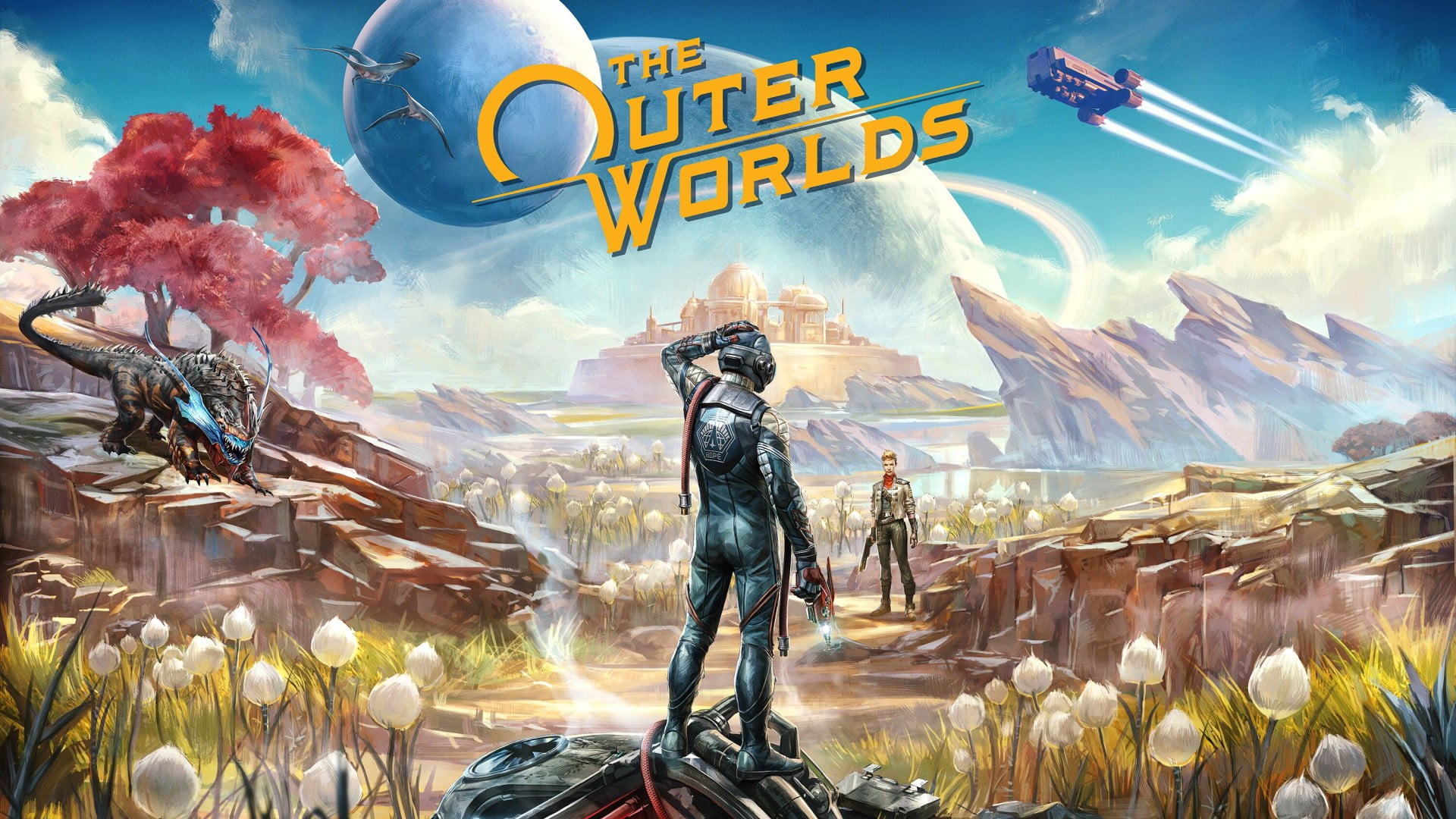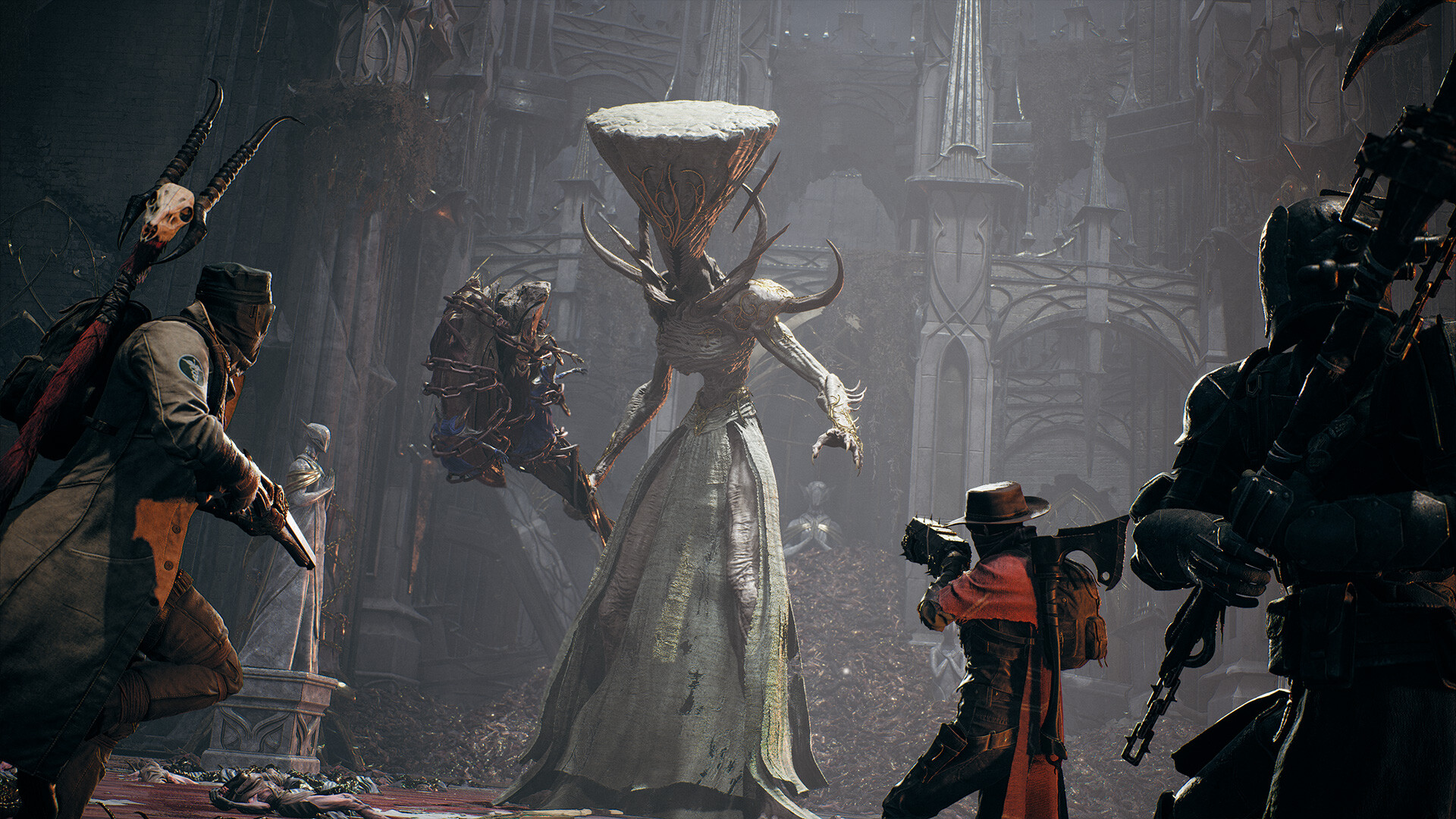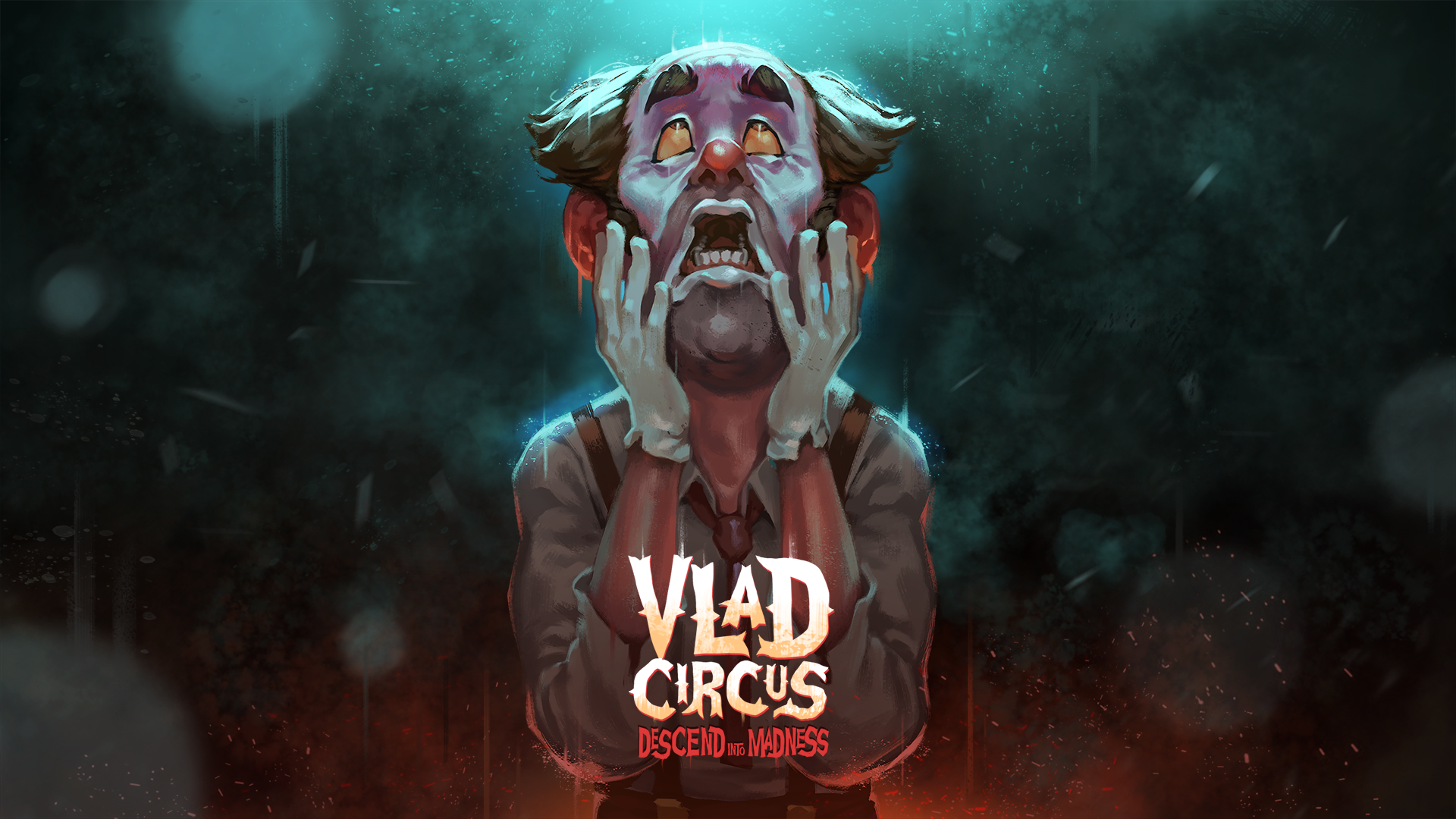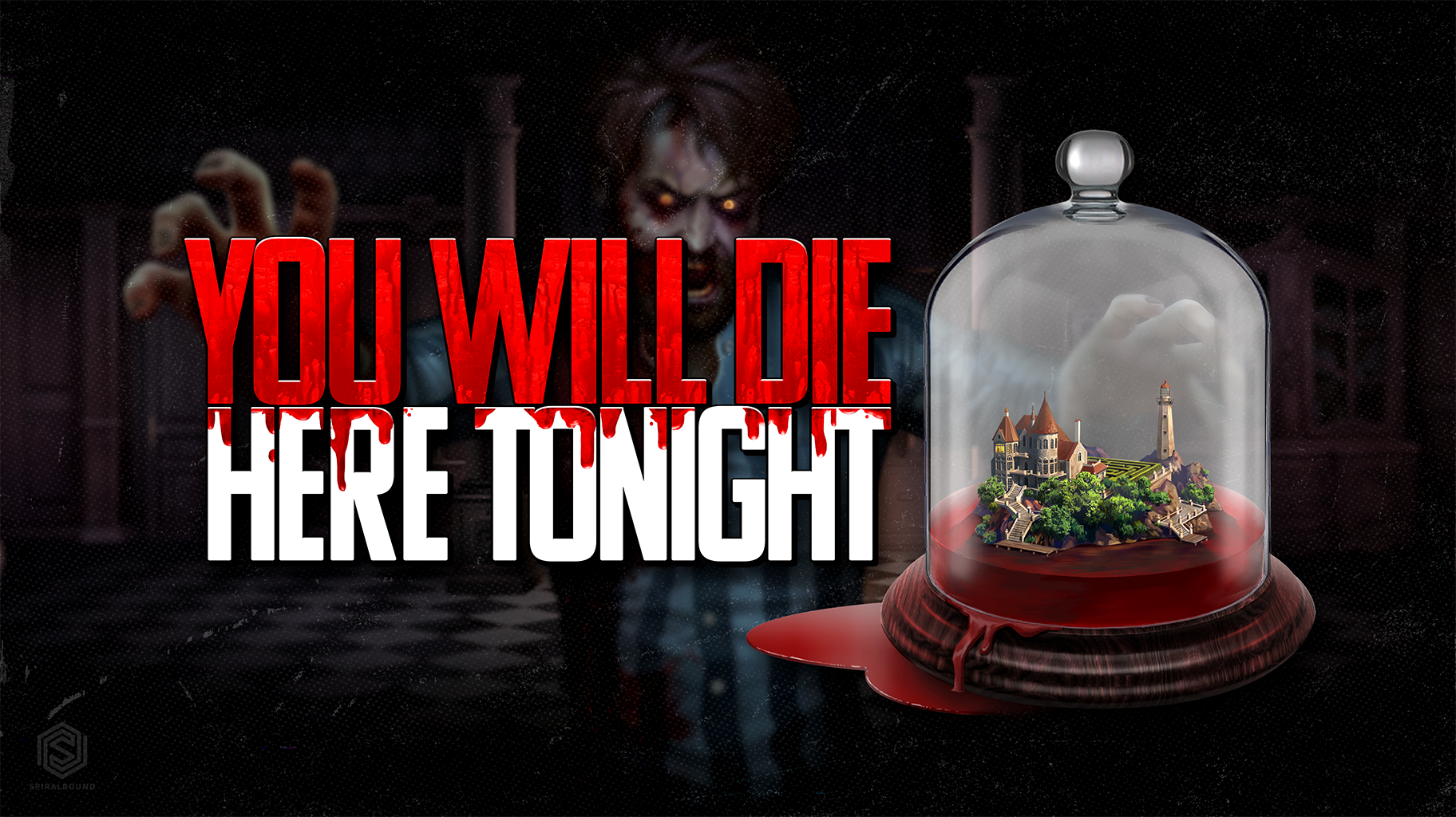
The Outer Worlds Review- nothing to lose but your chains
Developed by Obsidian Entertainment
Published by Private Division
Available on PC, PS4, and Xbox One, Nintendo Switch in 2020
MSRP $59.99
I went into The Outer Worlds expecting the great writing and worldbuilding that Obsidian is renowned for. Instead, I got Das Kapital in space, also with the great writing and worldbuilding that Obsidian is renowned for. The Outer Worlds is the product of Obsidian breaking out of their confinement and reappearing before Bethesda like the Count of Monte Cristo. At long last, they are allowed to make the Fallout game we have all been waiting for, and they have done it so well. This is one of the few games that does not pussyfoot around their political agenda. The Outer Worlds has a voice. This isn’t the voice of a bunch of nerds imagining Cold War anxiety and what it would be like if a bunch of nukes went off. These are real reflections of the world around us, with some cool laser guns to boot.

The Outer Worlds begins with doctor Phineas Wells, who is definitely not bargain bin Rick Sanchez, breaking into the hold of the derelict colony transport ship known as the Hope and breaking you out. Of the 10,000 abandoned in cryo-sleep, you are the first successful re-awakening of the bunch (unfreezing a body is extremely difficult, usually resulting in the person turning into bio-soup. A nice jab at Bethesda, who retconned this phenomenon from Obsidian’s original Fallout games in order to let the Fallout 4 protagonist be ~270 years old. Owned). Immediately upon awakening, you are jettisoned from your savior’s lab straight into the game.
The Outer Worlds takes place in a space colony called the Halcyon System, a collection of planets ruled by a corporatocracy known as the Board. This is summarized about two minutes into gameplay, where you run into a corporate soldier bleeding to death who must give you a company slogan before asking for help. The Outer Worlds takes the gritty, oppressive, end-stage capitalism themes of cyberpunk but displays them in a colorful retro-futuristic style that can be seen in games like Bioshock. Being as it takes place on multiple planets, Obsidian was allowed to go hog-wild with their designs. The first planet you arrive on, Terra 2, is a beautiful verdant world of colorful plants, roaming alien animals, clear skies, and a factory-centered society on the brink of collapse due to corporate greed.

Corporate greed, if you haven’t guessed, is the main theme of The Outer Worlds. Food sources in Halcyon are rapidly running dry, and the colony is on the brink of collapse. But rather than work to find a solution, the Board is attempting to consolidate as many resources are possible, letting everyone else die. Everything the colony does is in service of five or six massive corporations that you never really see, only experience the influence of.
They’re like the old gods of the Cthulhu mythos, whose invisible yet insidious presence towers over every mind in the colony. Human lives sacrificed by the millions in appeasement of these supreme beings from the dark abyss, either literal deaths or lifelong indentured servitude. But instead of opening up the doors of reality to awaken an ancient supreme being and usher in a new era of horror, it’s so some shitty upper management toad can buy a gold-rhodium set of throw pillows that will make his equally sociopathic neighbors jealous. The most powerful members in The Outer Worlds are those that sacrificed enough people for profit, and like a person who creates an unholy covenant with an Old One, the money drives them completely insane.

I’m going to have to compare The Outer Worlds to Fallout: New Vegas a lot because it is basically a continuation of the game. You travel from area to area, killing various marauders, wildlife and robots, as you go from settlement to settlement looking for quests. And the quests, of course, are to kill various marauders, wildlife, and robots. You stuff your pockets full of guns and clothes and food and garbage to sell. You can bring along two friends to join you in your travels, who, unless you invest in the “friends” stat, will be knocked out immediately every fight and awaken when you’re done somehow without permanent brain damage from being unconscious so long. Functionally, the two games are identical.
Your companions are a big part of every Obsidian game. In The Outer Worlds, you have six companions who will join your crew. I won’t spoil anything about them, but for the most part, they are one of the more entertaining parts of the game. Unlike other similar titles, your companions will often join in the conversation, actually adding a lot more content to the standard RPG dialogue. I was impressed with just how many lines each of the companions had. They felt a bit more alive, as opposed to a companion that stands behind you silently. Like I said, my friendship stat was low so they didn’t provide much to combat on hard difficulty. But their company was more important than their capabilities.

Unlike Fallout, which had one massive map, The Outer Worlds has a number of smaller areas you explore. You hop from location to location, each with its own interesting style. There are two main planets, the first with three big maps, the second with one massive map. There are a few other locales available, space stations and the like, but you spend the most time on those two planets. Two planets don’t sound like much, but the areas are so detailed and intricate that I never got bored of them. Some of the animals you encounter are pervasive throughout Halcyon, but I’m willing to chalk that up to some sort of Columbian Exchange style space trading. Overall each locale was
The new mechanics for The Outer Worlds, while fairly standard for most first-person shooters, are miles ahead of New Vegas or really any Fallout game. While it keeps the same basic FPS movement and mechanics, it has done away with the VATS system, introducing Tactical Time Dilation (TTD) in its stead. Unlike VATS, where the player would use their wrist-mounted Commodore 64 to activate 「Z a W a r u d o 世 界」and enter the world of stopped time, The Outer Worlds’ TTD is a lot more clever. Your TTD meter can be used to tactically dilate time (slow it down), allowing you to move and aim with precision. Rather than depleting your TTD meter at a static rate, it is consumed extremely slowly while you are inactive. You don’t waste nearly as much while choosing a target and aiming. You can still only get two or three shots off, but this system of allowing you to decide whether or not you want to move, shoot, or simply take a moment and decide what you want to do next is a lot more interesting and fun than activating an aimbot once every 20 seconds.

In previous Bethesda/Obsidian titles, the mechanics were so clunky you were almost forced to use VATS to play. The Outer Worlds is significantly more refined, and I would often find myself content with the FPS mechanics on their own to get through the game. The guns feel good, and while the damage output was not always consistent with the enemies I faced, for the most part I enjoyed the gunplay (and I am told the melee weapons are fun, too). There were two features of the weapons I was a little less impressed with. Unlike Fallout, in which leveling up your weapons skill is the determining factor for their damage, in The Outer Worlds, it is dependent on the Tinkering mechanic. Which is a fun way of saying that you must pay to upgrade damage. While the idea of cramming thousands of pennies into a gun in order to make it slightly more effective is appealing, in practice it was not so great. I would spend thousands of dollars on maintaining a weapon I liked in order to keep up with the increasingly powerful enemies, but once I found the next tier of weapon, suddenly mine was obsolete. Multiply that by 3 to factor in the two other weapons carried by companions, and the tediousness is multiplied too. A massive waste of money that could have been used to admittedly not buy much else because vending machines were often unappealing, but my complaint still stands.
The weapon variety, on the other hand, is not the best. There are five categories of weapons; three gun, three melee. Each category has five to eight different types of weapons. For example, there’s a light assault rifle and an assault rifle. That’s really about it. Two sniper rifles, two energy rifles, two shotguns. Rather than create different higher level guns, about halfway through The Outer Worlds you simply find a second version of that gun. Visually identical, just a bit of a damage boost. This makes it feel like there are a lot fewer weapon options in the game, especially when weapons quickly become obsolete. There are some unique weapons, which are just weapons taken from the existing pile and given a new name and some kind of change, like burst fire or knockdown. But these look exactly the same as well. Since your character will probably specialize in one or two types of weapons, it feels like you’re using the same few over and over throughout the game.

Additionally, The Outer Worlds has weapon mods, which can alter your guns and knives a bit. Either make them shoot faster or give them a cool electric blade. This was novel at first, but the majority are not that interesting, and I quickly became annoyed with having to hunt down that one cool mod for a gun that would become useless within a few hours. By the end, I had probably 75 mods in my inventory that I ignored.
My impression of The Outer Worlds was the complete feeling of hopelessness that followed me through the Halcyon Colony. Fallout: New Vegas left me with a feeling of optimism, that humanity would persevere in spite of the destruction. The Outer Worlds did not. Halcyon seems doomed to fail, and what struck me the most was what a clear reflection of our present reality it is. The concept of an imminent ecological disaster where, instead of working towards a solution, the ultra wealthy upper class begin hoarding resources in preparation to live out the end times in luxury is not a strange sci-fi idea, but an occurrence that has been going on for over a hundred years. Rather than take even the slightest step towards dealing with climate change, we are forced to continue giving subsidies and bailouts to the companies that are actively destroying the world. And we do this because the all consuming money god of capitalism has ascended far beyond a group of powerful individuals vying for more wealth, but has taken on a life of its own in the form of the corporation, spreading the blame equally among the population rather than those who continue to benefit from it.
The Outer Worlds is a representation of Ayn Rand’s nauseating wet dream of a completely unregulated “free” economy. The citizens technically do not have to work for corporations that are driving them to their deaths, but the alternative is to starve. And so there is no choice but to throw oneself into the hyper consumerist machine of endless production and consumption, where the majority are powerless to change their situation because they are desperately trying to get their basic needs met. Man made environmental catastrophes in the past, such as the Dust Bowl or the hole in the ozone, were created and accelerated by the blind pursuit of capital. Whether we make some sort of structural change, or simply resign to the fact that we are going to be the last of the humans and spend the rest of our lives distracting in television videogame fantasy lands, well. Time will tell.
Summary
The Outer World’s fantastic style, writing, and gameplay improvements easily make up for any of the minor issues I had. One of Obsidian’s best.
Overall
4.5-
Game




